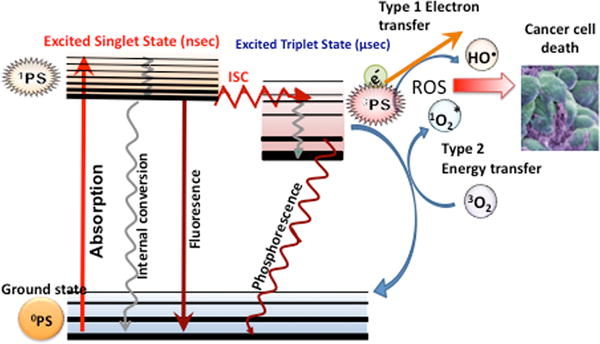Figure 1. Jablonski diagram illustrating the principles of PDT.

A ground-state photosensitizer (0PS) absorbs a photon, transitions to the short-lived (nsec) excited singlet state (1PS) that can lose energy by fluorescence, internal conversion to heat, or else can undergo intersystem crossing to the long-lived (μsec) excited triplet state (3PS). The3PS can relax to ground state by emitting phosphorescence, but can also undergo energy transfer with ground state triplet oxygen (3O2) to form reactive singlet oxygen (1O2, Type 2) or else can undergo an electron transfer reaction to form hydroxyl radicals (HO•, Type 1). Both these ROS (1O2 and HO•) can efficiently kill cancer cells (see Figure 2).
